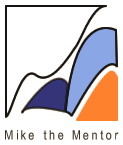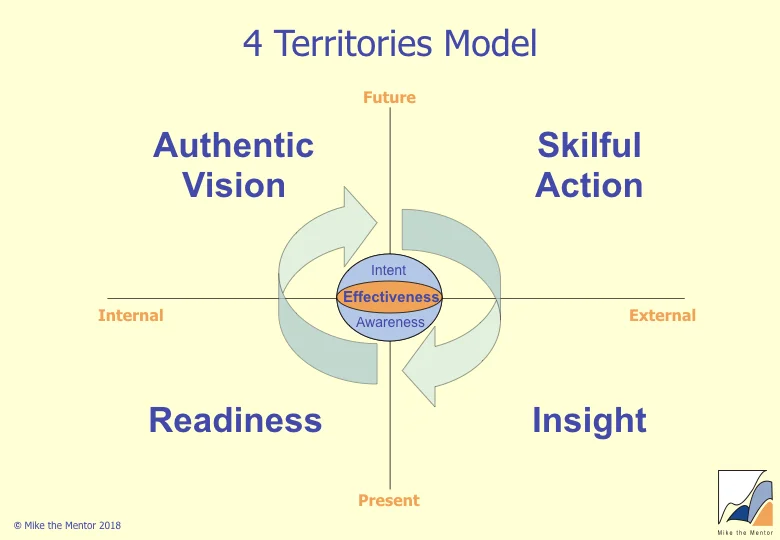The Integral (AQAL) Model
/One of Ken Wilber's many books is entitled The Integral Vision: A Very Short Introduction to the Revolutionary Integral Approach to Life, God, the Universe, and Everything, another is A Brief History of Everything. Clearly a person of grand ambition, Wilber has sought to create an all-inclusive map of human potential.
Wilber saw that the hundreds of systems and models of human potential he examined could be reduced to five simple elements - quadrants, stages, lines, states and types. This is known as the AQAL ("All Quadrants, All Levels ...) model.
He grouped these models as to whether they looked at individuals (eg psychology) or at groups (eg sociology); and looked at the individual or group either from the inside (subjective or interior) or at the outside (objective or exterior). Putting these two dimensions (individual-group and inside-outside) together he created this quadrants model. This describes the four fundamental domains of development. An integral approach involves working in all four domains - see the four domains of Integral Leadership
Stages of consciousness represent different levels of experience. One map the Individual Interior quadrant used in leadership development is this Vertical Development model.
Lines of development describe the various kinds of intelligence (cognitive, emotional, musical, kinaesthetic, etc) that can grow and develop through the stages - you will have developed the capacity for some intelligences more than for others
The major states of consciousness are waking, dreaming and deep sleep - others include meditative states, altered states (eg drug-induced) and peak experiences. Unlike stages which, once attained, are enduring acquisitions, states are temporary and come and go.
Types refer to items that can be present at virtually any stage or state. One widely used typology is the Myers-Briggs Type Inventory (MBTI).
One way of using this model is to check any approach to have to leadership, organisational change, etc for its completeness and comprehensiveness. Your approach doesn't necessarily have to address all elements of the AQAL model - but if it doesn't youneed to be clear that it doesn't need to include that element!


